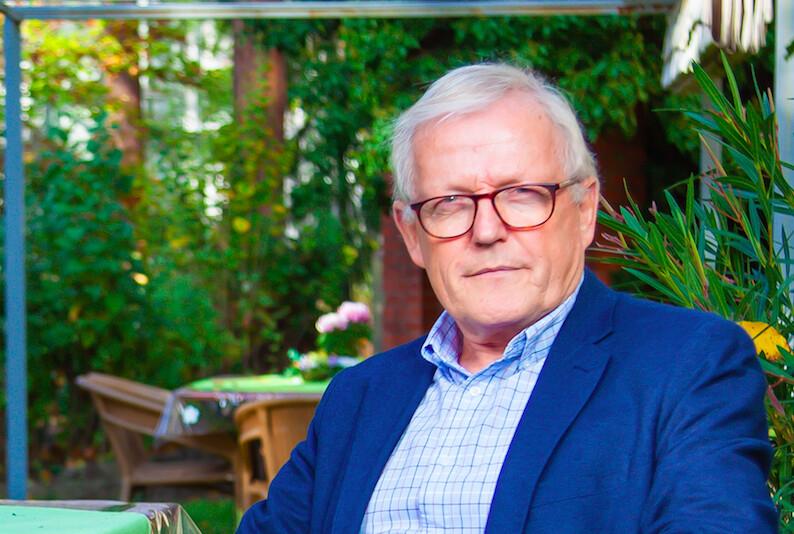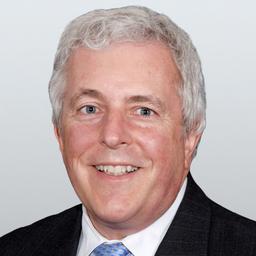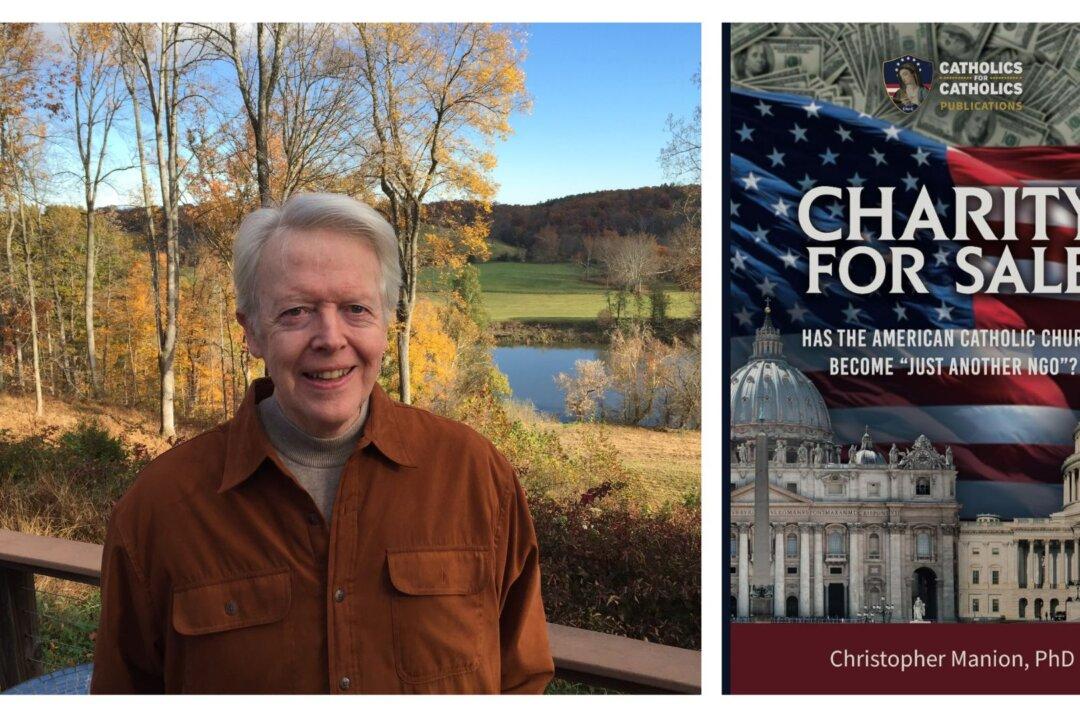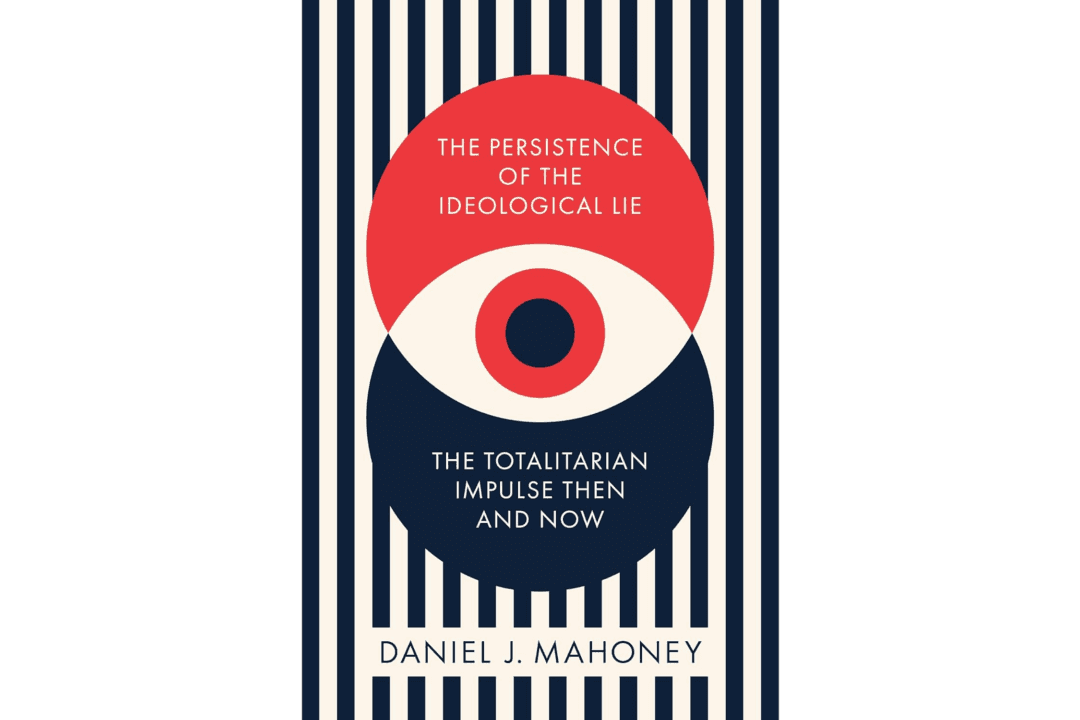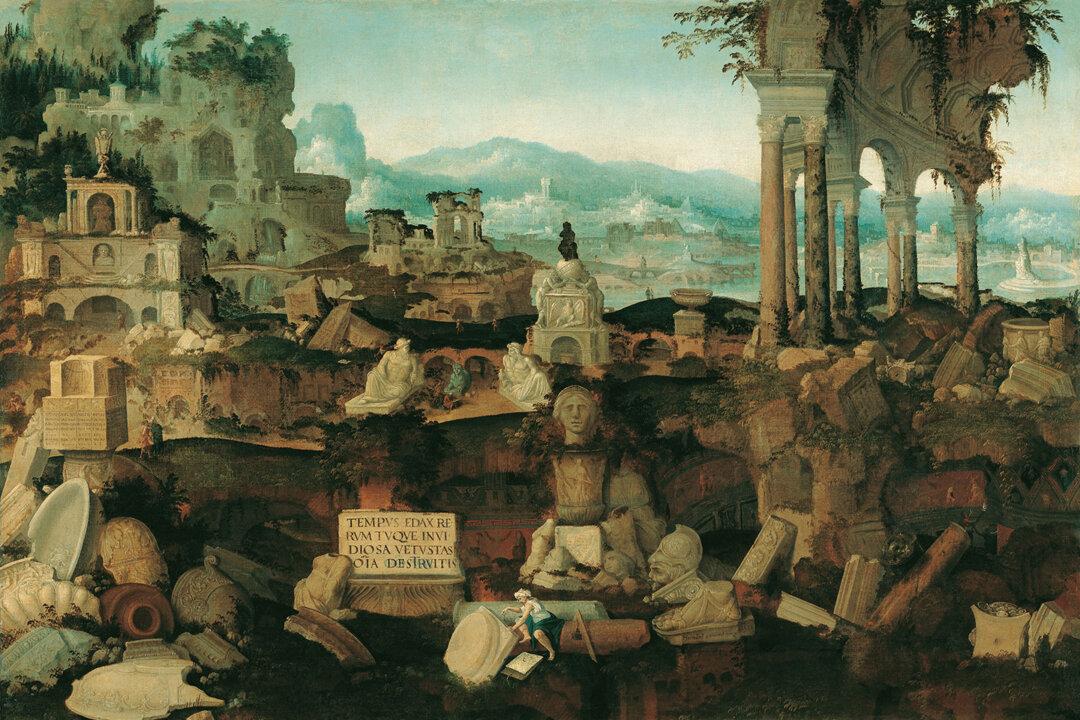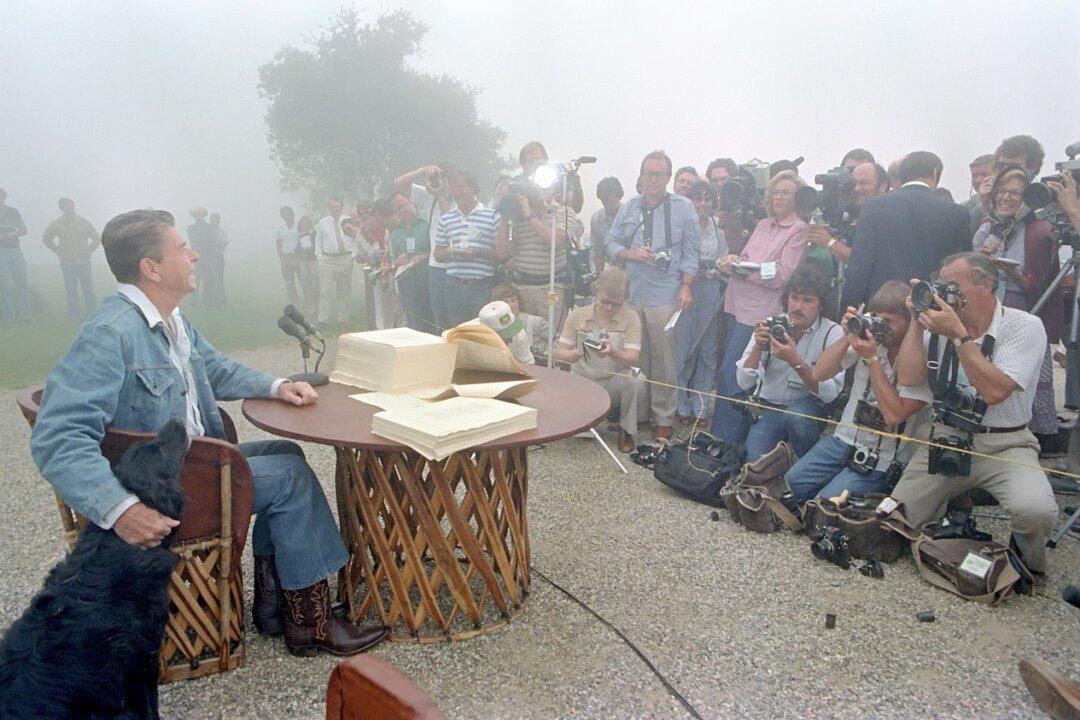If we assembled a panel of experts on communism and asked them to recall the symbol that best represented the evil of that philosophy, we would elicit an array of responses.
Some would mention the Soviet gulags described so eloquently by Aleksandr Solzhenitsyn, where “patients” and inmates were tortured relentlessly, even to death. Others would point to the closing of houses of worship across Red China, the Soviet Union, and other officially atheist communist bloc nations.

